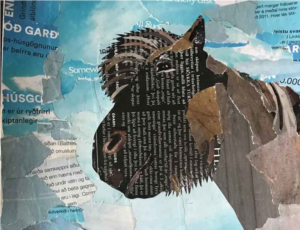
Mósi, my life-saver
With his report, an Icelandic farmer from the beginning of the 20th century memorialises his horse in gratitude.

With his report, an Icelandic farmer from the beginning of the 20th century memorialises his horse in gratitude.
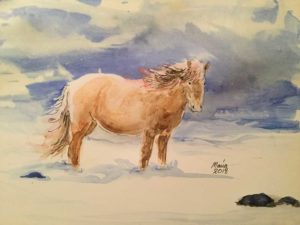
The story of Litfari takes place in the 19th century. At that time, people in Iceland travelled exclusively on horseback. Since there were hardly any paths and bridges to cross sometimes raging rivers at that time, the journeys were dangerous and people often had no choice but to rely on their horses’ sense of direction, especially when difficult weather conditions came along.
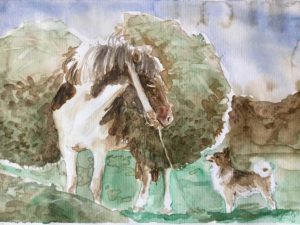
It can be taken from many writings from former times that the Icelanders were tough on their workhorses. Often, they dealt ruthlessly with them. The fact that sweeping judgements do not always meet reality is shown in the following report from 1889.
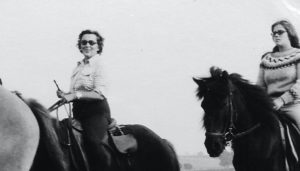
ALLES ISI! A Life with Icelandic Horses by Carina Heller In the chapter “Godi, the Rome Horse” Carina describes how her mother, out of pity,
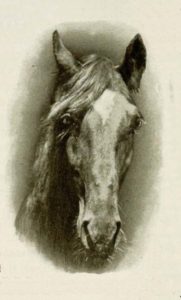
At the end of the 19th and beginning of the 20th century, people’s attention was increasingly focused on the intelligence of animals. This was certainly
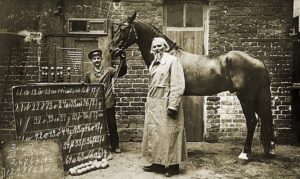
Whenever I see horses performing the most incredible things at horse shows, I think about how to teach them such things and where their limits
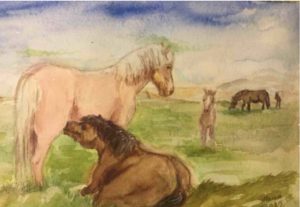
Skemmtileg lýsing á mjög sérstökum hesti og uppátækjum hans, sem hét nú bara Jarpur.
This blog aims to offer a wide range of stories from as many different people as possible. The artistic design, the loving coordination of word and image is very important to us. Therefore, it may be that we make text and image changes when it seems necessary to us for the story and the overall concept. But this never happens without your consent! Before each release, the modified version will be shown to you. Your story will only go online if you have agreed to any modifications.